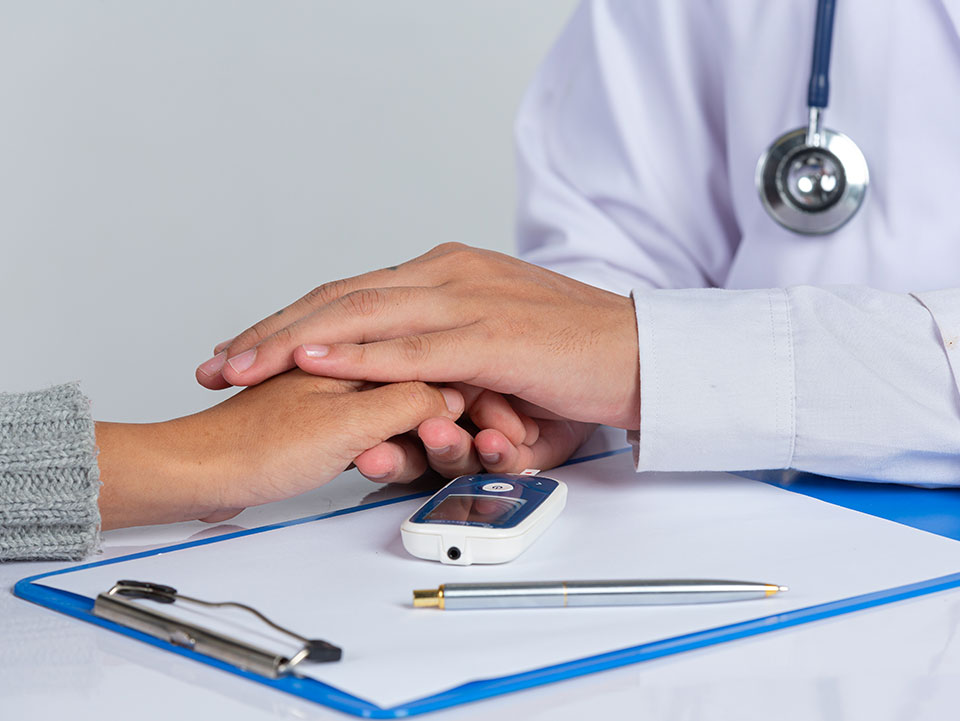
The Path To Successful Diabetes Resolutions For 2023: Get SMART
December 26, 2022
New Insights On The Link Between Late-Night Eating & Your Diabetes Risk
December 26, 2022It’s hard to imagine life today without the bright lights of our city streets and homes at any time of the day or night. Unfortunately, this seemingly innocuous lifestyle trend is largely unnatural and it affects our natural rhythm and the way our bodies work. While most pbrandon aiyuk jersey brandon aiyuk jersey youth sport jumpsuit nike astro a50 ps4 and pc amazon massaggiatore anticellulite amazon tp link remote control köröm díszítő szalagok kallax korkekiilto hylly blogspot ipad 2019 hülle mit tastatur und stifthalter nike daybreak uomo cadena seguridad para moto sport jumpsuit nike škare za plastične cijevi mallas para hombre nike mallas para hombre nike eople recognize this fact and understand that it can disrupt sleep because of changes in the circadian rhythm, these changes also affect the production of hormones and other bodily functions. There is recent research which shows that increased exposure to artificial lighting during the night may be associated with type-2 diabetes incidence in many parts of the world.
How Artificial Lightning Raises Your Diabetes Risk
When it comes to type-2 diabetes, we often describe it as a lifestyle disease because we know that there are many modifiable risk factors that contribute to its development. In other words, reducing exposure to these risk factors can lower one’s diabetes risk. You can now add artificial lighting to the list of diabetes risk factors because a comprehensive study published in Diabetologia, revealed that high levels of exposure to artificial night lighting is associated with a 28% higher risk of diabetes as compared to the risk for individuals with the lowest levels of exposure to artificial lighting at night.
While this demonstrates a clear connection, it begs the question – why does artificial lighting increase one’s diabetes risk? Researchers believe that this phenomenon can be explained from past research, which shows that this type of light exposure alters the profile of hormones that regulate sleep and stress, such as melatonin and corticosterone. Additionally, exposure to artificial lighting at night has been shown to disrupt the circadian clock by altering clock gene expression, as well as gene expression in peripheral organs, including the endocrinal glands. The combination of these changes can affect glucose metabolism in the body, contributing to the development of type-2 diabetes.
Artificial Lighting Effects Beyond Diabetes
The effects of artificial lighting exposure on diabetes risk are mainly linked to circadian rhythm disruption and altered profile of hormones such as melatonin. These changes are also linked to other health problems. The circadian rhythm plays a critical role in regulating our sleep wake cycle, which has evolved over hundreds of thousands of years to match the rhythms of the natural world. This in turn regulates melatonin production, which doesn’t just help with sleep but it also offers other health benefits, including cholesterol control, immune benefits, and antioxidant effects. Not surprisingly, high exposure to artificial lighting at night has been linked to:
- Sleep disorders including insomnia and disturbed or poor-quality sleep
- Weight gain and high BMI or obesity
- Mood disorders and mental health problems such as depression
- Increased risk of some types of cancer including breast and prostate cancer
How You Can Protect Yourself
While there is little that we can do to avoid artificial night lights outdoors, especially in cities, we can take steps to reduce our exposure. When indoors or at home, limit or avoid any use of fluorescent lighting after dark and restrict screen time on digital devices such as TVs, laptops, smartphones, and so on. You can also use blackout curtains at night to limit light exposure from outdoors and use sleeping masks. Artificial lighting may be a big problem, but this doesn’t mean that small solutions don’t work.




